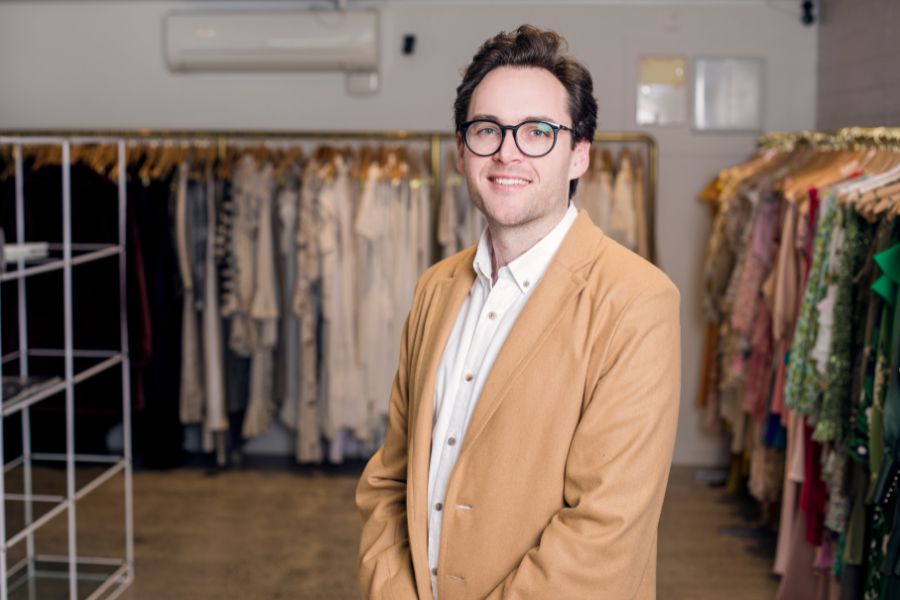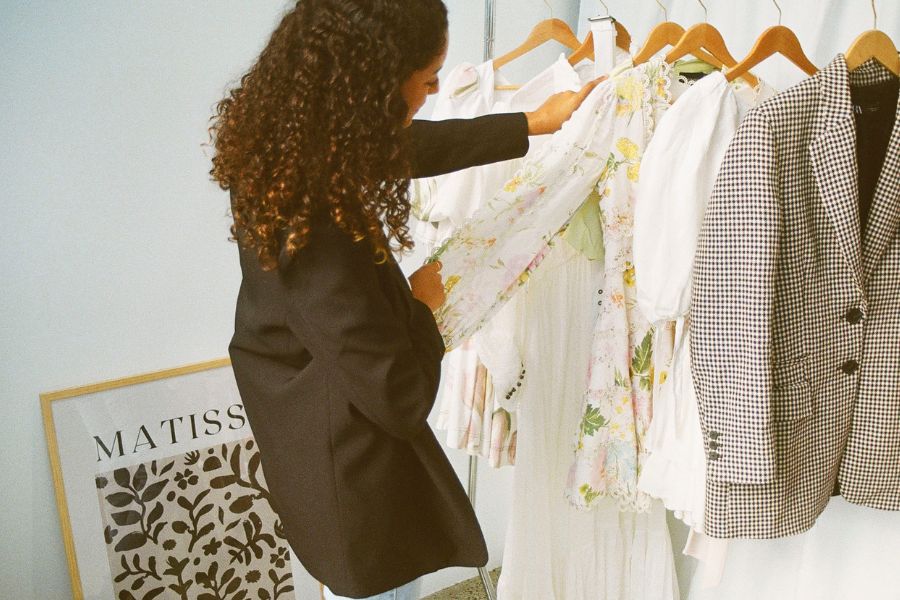
Online buy, sell and rent marketplace, Designer Wardrobe, has continued to grow market share to become the largest retailer of its type in New Zealand with gross transaction volumes for its marketplace hitting more than $1 million a month – all despite severe Covid disruption.
Its continued success can be largely attributed to fine-tuning the technology and logistics that underpin its online operation to create a better user experience and drive sales.
But, recent years have not been purely plain-sailing. In 2020 Designer Wardrobe had acquired three brick and mortar stores in Christchurch, Wellington and Auckland. However, due to rolling lockdowns and the lack of certainty for retailers, the business was forced to change strategy to focus on building its presence in the online space. This apparent misfortune came with a silver lining.
Chief executive Aidan Bartlett said that with both its marketplace and rental arms, Designer Wardrobe had “come out the other side of Covid with a stronger business”, even without physical stores.
The business has focused on solving the logistics of online rental through a bespoke warehouse, iPhone app, the development of internal tracking systems, a postal try-on service, try-on rooms at their warehouse and pick-up options from smart lockers.
It has even tackled the previously intractable problem of correct sizing by developing a plug-in calculator that converts sizes for different brands. Users simply enter their height, weight and body type to get an accurate size for each brand.
The Designer Wardrobe clothing marketplace, where people can buy and sell pre-loved designer clothes, has also gone from strength to strength with two-and-a-half times growth since 2020.

Bartlett attributed the greater uptake to a growing interest in resale, circular economies and sustainability.
“The growth was totally organic. We saw an increase in the number of transactions, more listings per user and the addition of more users. I believe the fact that customers could buy pre-loved designer clothing for 60% less than the retail cost was the motivation, along with the fact that by buying this way, people could reduce waste and have a positive impact on the environment.”
Today, sellers on Designer Wardrobe are up to six times more likely to sell their item than a typical marketplace, and the 100% digital rental service is now generating about 70% of the revenue the business was doing with physical stores before they were closed.
Bartlett said he was confident their success would continue, especially after the recent
addition of a kids category and its expansion into the Australian market, which would be a
key focus in 2023.
A new feature will also soon allow brands and retailers to partner with Designer Wardrobe to help users to easily resell items at a later date. A clickable widget will allow for a “Sell later” option at the time of purchase. All the product info and images are then saved on Designer Wardrobe so users can list an item at a later date. The feature will be launched next year in partnership with a popular retail brand.
“This exciting technology, and other improvements we’ve made as we adapted our strategy for a post-Covid world have positioned us really strongly for ongoing success. There is a real appetite for more sustainable solutions in fashion and we’re proud to be leading the way,” Bartlett said.








